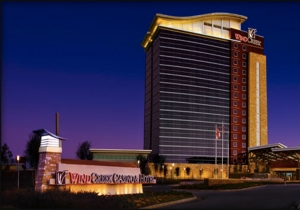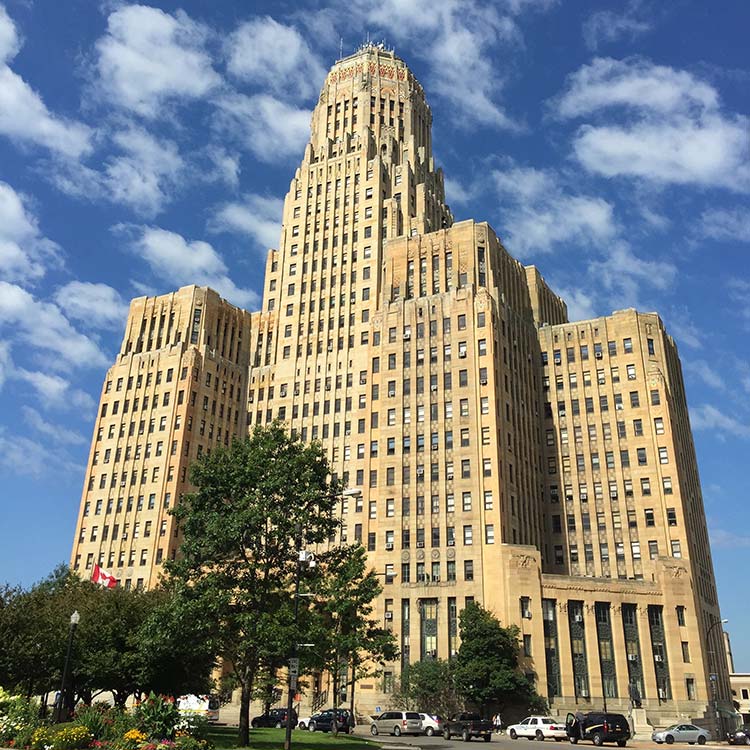Native American Casino Near Me
The COVID-19 pandemic closed all commercial and tribal casino properties in the U.S. This map tracks reopening across the country at the property-level. A property is considered open based on gambling availability. Please contact an individual property to determine what amenities are available. Current Status: 118 Closed 878 Open. On American Casino Guide, you will find detailed lists of every US casino resort, riverboat casino and Indian casino in the country. Just choose a state from the below list of US casinos-by-state in order to bring up detailed information on what types of casinos are available in the respective state, a list of all casinos within the state.
- The Eastern Band of Cherokee Indians proposed to build a casino, 15,000-seat amphitheater, and hotel with an indoor waterpark to create a gambling-centered resort on the Virginia-Tennessee border. The Native American tribe already operated two casinos/resorts in North Carolina.
- Sky Ute Casino Resort, IgnacioOwned and operated by the Southern Ute tribe, the Sky Ute Casino has 45,000 square feet of slots, table games and bingo. But there’s more to this casino than just bright lights and winning hands, the Sky Ute Casino plays host to big-name acts and entertainment, including boxing and the growing sport of Mixed Martial Arts (MMA).
Courtesy of Kai Restaurant
Kai, a highly acclaimed Native American restaurant in the Phoenix area, serves contemporary dishes influenced by Arizona’s indigenous Pima and Maricopa tribes.

Indian Casinos Locations
A handful of contemporary U.S. restaurants helmed by indigenous chefs highlight the diversity of Native American foods and cultures across the country.
In the weeks leading up to Thanksgiving, many children in the United States learn stories about the initial 17th-century feast—the turkey and corn pudding brought by English colonists and the venison prepared by the indigenous people who originally occupied the land. However, mainstream understanding of Native American cuisine hasn’t extended much further than that until recent years, as indigenous chefs across the country have started to increasingly spotlight Native foods and recipes.
The following selection of Native American restaurants are standouts worth visiting, particularly in November, which marks Native American Heritage Month in the United States.
Kai
Nearest Indian Casino
Chandler, Arizona
At Kai, the only restaurant in Arizona to earn both AAA Five Diamond and Forbes Five Star ratings, chef Ryan Swanson creates an upscale menu using ingredients from the Gila River Indian Community, as well as influences from the Pima and Maricopa tribes. The name of this fine-dining establishment (which is the marquee restaurant at the Sheraton Grand at Wild Horse Pass) means “seed” in the Pima language. For one special entrée, servers burn sage and lavender in a bouquet above a dish of goose and rabbit. Another features grilled buffalo tenderloin served with cholla cactus buds and saguaro-blossom syrup, a sweet and savory elixir made from a Sonoran desert cactus.
Tocabe
Denver, Colorado
Article continues below advertisement
This fast-casual spot in Denver updates traditional recipes from co-owner Ben Jacobs’s grandmother, a tribal member of the Osage Nation. The menu at Tocabe features “Posu Bowls” served with wild rice; a choice of bison, beef, chicken, or beans and vegetables; and a variety of Native ingredients and toppings such as Osage hominy (made from dried maize), sweet corn, and a signature maple vinaigrette. The “Tocabe Favorite” includes bison ribs that are cured for 24 hours before they’re glazed with a berry barbecue sauce and served with a side of fry bread—a flat, fried dough that’s a staple of Native American cuisine.
“Our goal is create an understanding of what Native food is,” says Jacobs, who opened the eatery in 2008 with his former Denver University classmate Matt Chandra. Tocabe claims the title of Denver’s only “American Indian owned and operated” restaurant, and now there are two locations: one in North Denver and the other in Greenwood Village.
Black Sheep Cafe
Provo, Utah
Chef Mark Daniel Mason, who is half Navajo and half Hidatsa, mixes Southwestern and Navajo foodways to come up with crowd-pleasing dishes at Black Sheep Cafe, which doubles as a local gallery for Native American artists in the city of Provo (about 43 miles south of Salt Lake City). Black Sheep’s rotating menu includes dishes such as grilled pork chop with roasted poblano chilies wrapped in traditional nanniskadi (Navajo bread) or “Navajo Tacos” topped with green chilies. Mason says there are no rules in his cooking, but he does abide by one principle: to always use the “three sisters” of Native food—corn, beans, and squash.
Mitsitam Native Foods Cafe
Washington, D.C.
Article continues below advertisement
Seasonal food is served cafeteria style at Mitsitam Native Foods Cafe, a casual dining spot inside the Smithsonian National Museum of the American Indian in the U.S. capital. Mitsitam, which means “let’s eat” in the Piscataway and Delaware languages, is helmed by executive chefs Richard Hetzler and Freddie Bitsoie. Keep an eye on them: Bitsoie was named as “a rising star in the constellation of young chefs” by Native Peoples magazine in 2011.
Diners will get a tour of cuisines from across the Western Hemisphere, including North America’s Northern Woodlands and Northwest Coast, plus South America and Mesoamerica (which extends to Mexico and Central America). But they can also deep dive into region-specific dishes, such as a pulled buffalo sandwich with chayote squash slaw that takes its cues from the people of the Great Plains.
Mitsitam Native Foods Cafe temporarily closed due to COVID-19. Check their website for more information.
The Sioux Chef

Minneapolis, Minnesota
While it’s not exactly a restaurant, The Sioux Chef—an indigenous catering company in the Minneapolis–St. Paul area—deserves an honorable mention for its modern and traditional take on Dakota and Ojibwe dishes. Founded by Sean Sherman, the Native chef behind the now-shuttered Tatanka Trunk (a Minneapolis food truck serving what the chef dubbed “indigenous tacos” inspired by precolonization fare), the catering company hosts occasional dinners and educational events everywhere from New York City to Milan. Even if you can’t attend, you can still glean knowledge of Native American cuisine from Sherman’s published collection of recipes, The Sioux Chef’s Indigenous Kitchen(University of Minnesota Press, 2017), which won the James Beard Award for Best American Cookbook in 2018.
Article continues below advertisement
This article originally appeared online in November 2015; it was updated on November 15, 2019, to include current information.
>>Next: The Intimate Photo Project That Explores Contemporary Native American Life